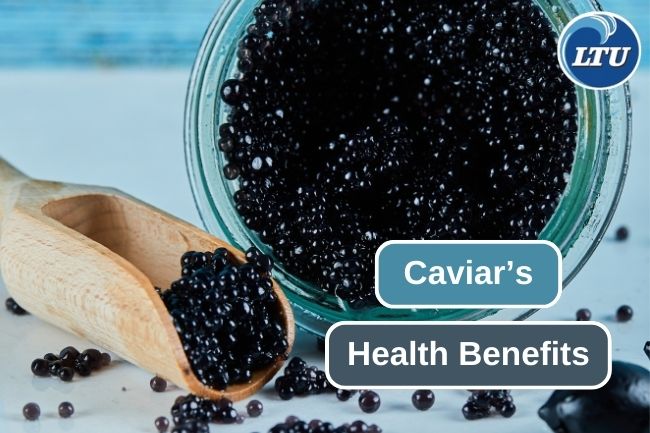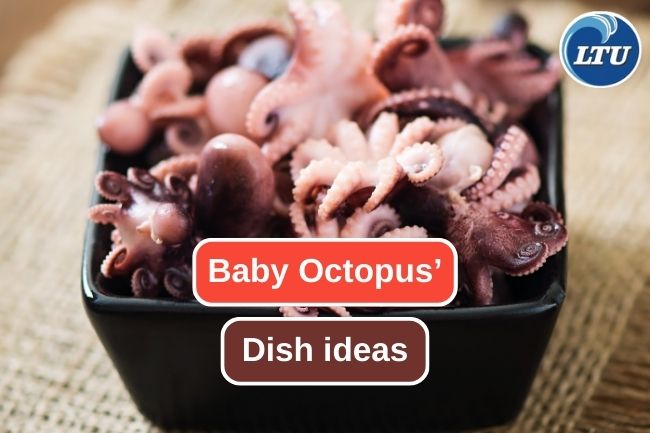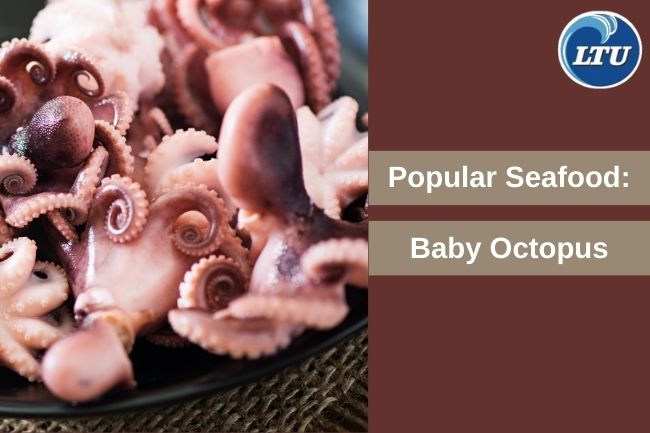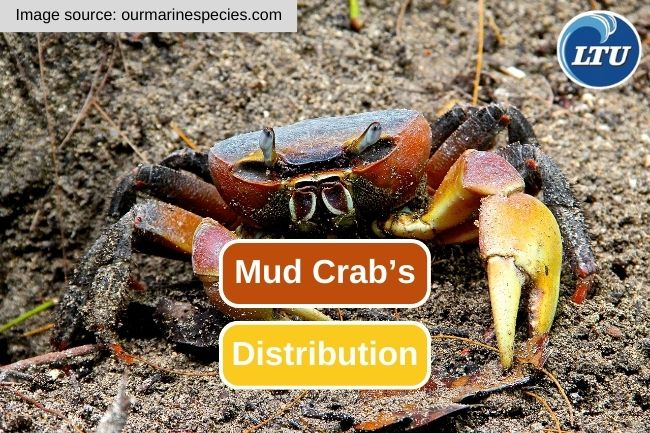Making Shrimp Shell Composting for Healthier Soil
By. Nevanda - 24 Aug 2023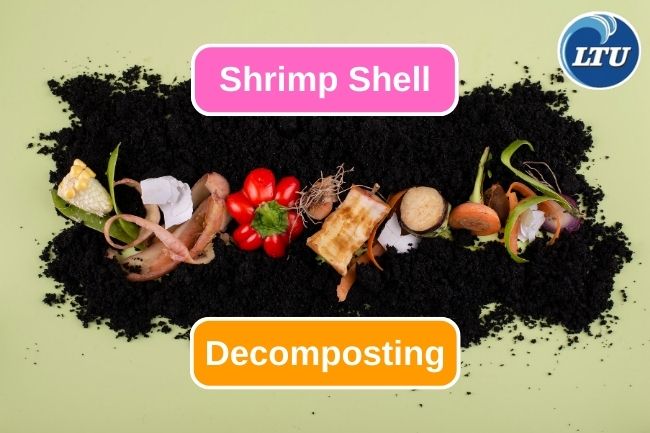
lauttimur.com - Decomposing shrimp shells can be done through a process called composting. Shrimp shells are rich in nutrients and can add valuable organic matter to your compost, improving its overall quality. Here's how you can decompose shrimp shells using composting:
Materials Needed:
- Shrimp shells (crushed or chopped into smaller pieces)
- Brown compost materials (e.g., leaves, straw, paper)
- Green compost materials (e.g., fruit and vegetable scraps)
- Compost bin or pile
Steps:
1. Prepare the Shrimp Shells
Begin by thoroughly cleaning the shrimp shells to remove any remaining meat or other food particles. This will help prevent unpleasant odors during the composting process. You can crush or chop the shells into smaller pieces to speed up the decomposition process.
2. Create a Compost Pile or Bin
Choose a suitable location for your compost pile or bin. It's a good idea to place it in a well-draining area with good air circulation. If you're using a compost bin, ensure that it has proper ventilation to facilitate decomposition.
3. Layering
Composting is most effective when you create a balanced mix of brown and green materials. Brown materials are high in carbon, while green materials are high in nitrogen. The carbon-rich browns provide structure and absorb moisture, while the nitrogen-rich greens provide nutrients for decomposition. Start by adding a layer of brown materials, such as leaves or straw, to the bottom of your compost pile or bin.
4. Add Shrimp Shells
Place a layer of shrimp shells on top of the brown materials. It's best to mix the shrimp shells with other compostable materials to prevent clumping and improve airflow. This will help avoid potential issues like foul odors or attracting pests.
5. Add Green Materials
On top of the shrimp shells, add a layer of green materials like fruit and vegetable scraps, grass clippings, or coffee grounds. These materials will introduce nitrogen into the compost pile, aiding in the decomposition of the shrimp shells.
Read also: The Humboldt Squid's Ecological Roles in Marine Ecosystems
6. Repeat Layers
Continue layering brown and green materials, including more shrimp shells as you collect them, to build up the compost pile. Aim for a balance of about 2 parts brown materials to 1 part green materials.
7. Turn and Maintain
Periodically turn the compost pile using a pitchfork or shovel. Turning the pile helps aerate it, promoting decomposition and preventing odors. Make sure the compost pile remains moist but not soggy. Adjust the balance of brown and green materials as needed.
8. Patience
Shrimp shells are relatively slow to decompose compared to softer materials, so be patient. Depending on various factors such as temperature, moisture, and the size of the shells, it might take several months to a year for the shells to fully break down.
9. Use Finished Compost
When the compost has turned into a dark, crumbly material that no longer resembles the original ingredients, it's ready to use. The nutrients from the shrimp shells will be incorporated into the compost, enriching your soil when you use it for gardening.
Remember that composting is a natural process, and it might take some trial and error to find the right balance of materials for your specific conditions.
Read also: The Versatility of Smoked Salmon in Exquisite Dishes



